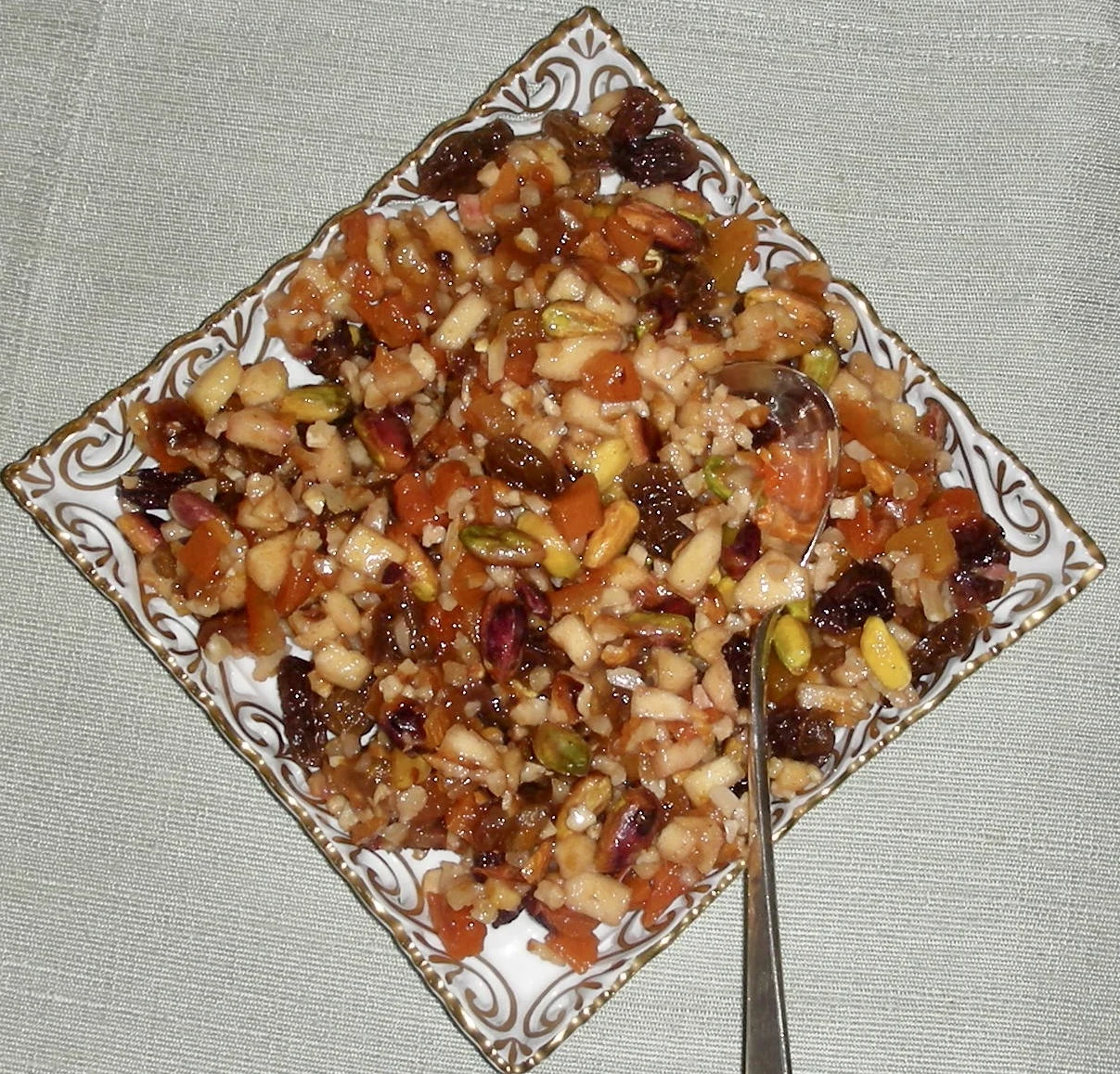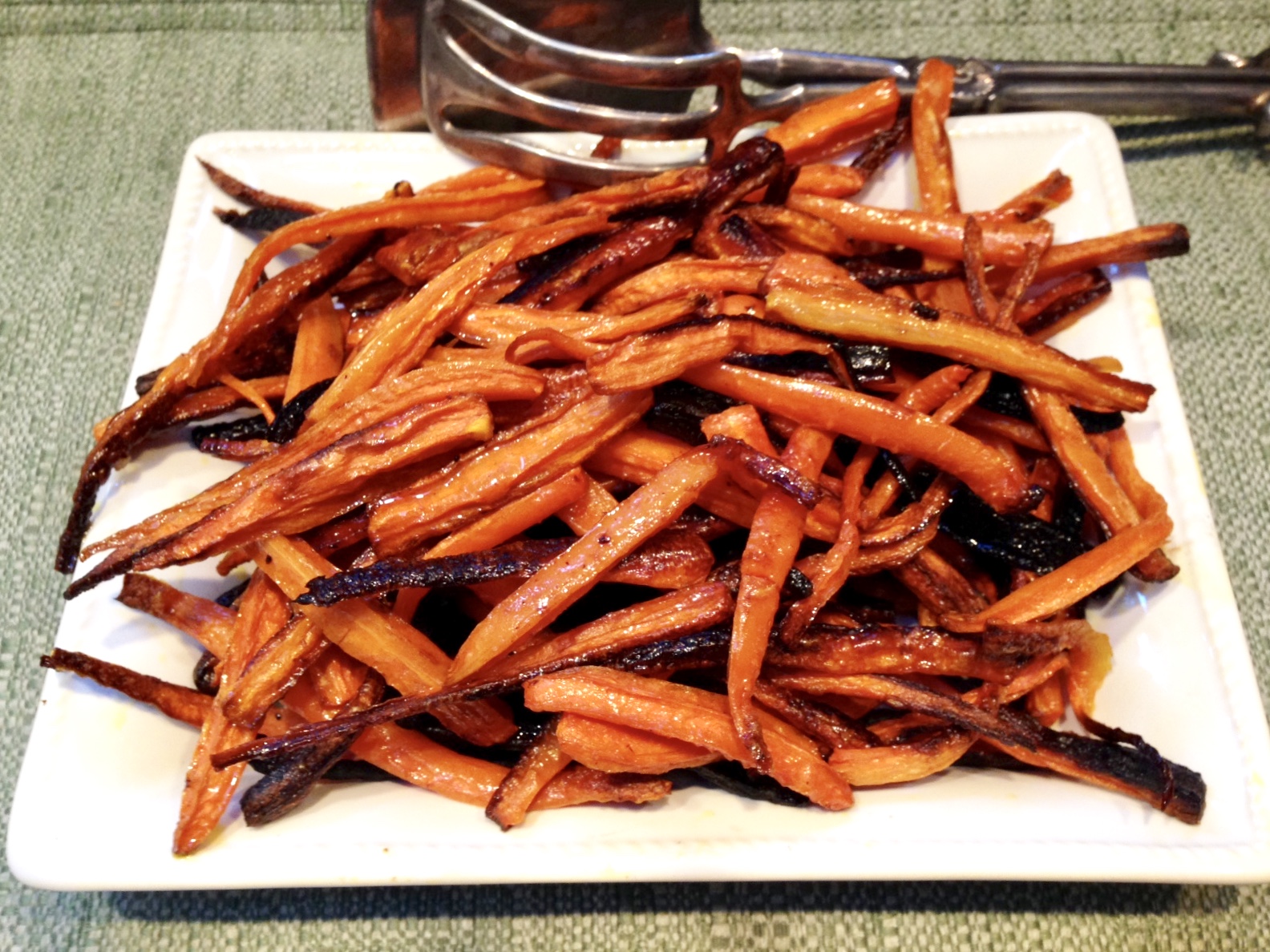Passover Birthday Cake
My daughter Meredith’s birthday sometimes falls during Passover, which means that in certain years she isn’t able to have a “traditional” birthday cake.
Which didn’t bother her one bit when she was a kid because she absolutely loved the flourless chocolate jelly roll cake I made for her and for years this is what she asked me to bake even when it wasn’t Passover. I always thought it was an interesting and glamorous choice considering her age.
Guess it all comes down to how it tastes. Mer was never one to pick something just because it was “the thing” or because someone else liked or wanted it. She liked how this chocolate roll tasted and I don’t blame her. It’s de-lish. Passover-friendly too. But you can make this any old time.
Here’s the recipe.
Flourless Chocolate Jelly Roll Cake
6 ounces semisweet chocolate
3 tablespoons cooled coffee (or brandy or rum)
5 large eggs
1 cup sugar
1-1/2 cups heavy cream
1-1/2 teaspoons vanilla extract
1 pint strawberries, sliced
cocoa powder or (Passover) confectioner’s sugar
Preheat the oven to 350 degrees. Butter a 15-1/2”x10-1/2” jelly roll pan. Line the pan with parchment paper, leaving several inches hanging over each of the short edges. Butter the portion of the paper that fits inside the pan.
Melt the chocolate and coffee together in the top part of a double boiler set over barely simmering water. Mix the ingredients well and remove the top part of the pan from the heat. Let cool. In the bowl of an electric mixer set at medium speed (or use a hand mixer), beat the egg yolks and all but 2 teaspoons of the sugar together for 3-4 minutes or until thick and pale. Add the cooled chocolate mixture and blend it in thoroughly. In another bowl, beat the egg whites until they stand in stiff peaks. Mix about 1/4 of the beaten whites into the chocolate mixture. Fold the remaining whites into the chocolate mixture. Spoon the batter into the prepared pan, smoothing it to make it even. Bake for about 10 minutes or until “set.” Remove the cake from the oven. Cover it with a slightly dampened kitchen towel. Let cool.
Loosen the cake by pulling the overlapping ends of parchment paper. Invert the cake onto a clean sheet of parchment paper or kitchen towel and roll it up starting with one of the long sides. Set aside.
Whip the cream and remaining 2 teaspoons sugar and vanilla extract until thick (use an electric mixer or hand mixer). Unroll the cake and spread the whipped cream on top of the cake, leaving about 1-inch at the edges. Top with the strawberries. Roll the cake starting on the long side. Place on a serving platter, seam side down. Dust (using a strainer) with cocoa or confectioner’s sugar.
Makes 10-12 servings




